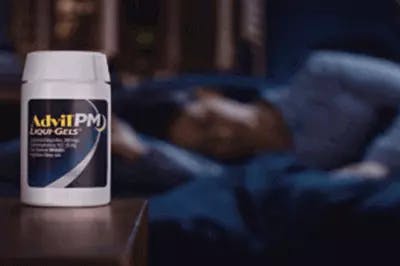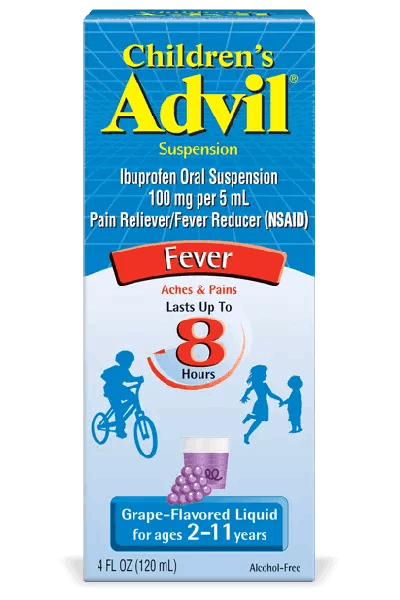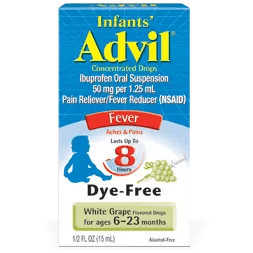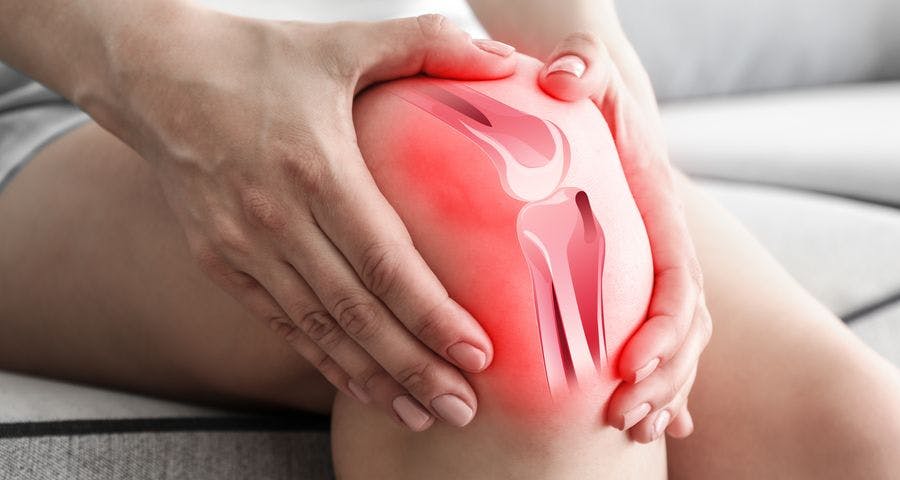Knee Pain Causes & Treatments
Minor Arthritis & Joint Pain
Whether you’ve felt knee pain during aerobic exercise, while taking a walk, or simply over time with age, experience knee pain or generalized pain can cause a variety of concerns for sufferers. Depending on the severity of your symptoms, you may find yourself worrying about continuing to engage in certain activities that exacerbate your knee pain, or you may even be thinking about visiting a physician to help you better understand why your symptoms persist. In this knee pain guide, we’ll discuss some of the most common knee pain causes, as well as knee pain treatment for your particular symptoms to help you set your best foot forward.
Knee Pain Causes & Symptoms: How the Pain Starts
Knee pain does not discriminate by age. It’s possible to be a young athlete experiencing pain as a result of an injury, such as tearing a ligament during strenuous physical activity, or an older individual with signs of arthritis. Knee injuries, however, affect surrounding joints, bones, cartilage, and ligaments.i Common knee injuries are as follows:
- Fractures: This involves the bone of the knee, or kneecap, being broken. People may experience a fracture in the event of a collision to the knee, or individuals who suffer from weakened knees due to osteoporosis can experience fractures.
- ACL Injury: This type of injury is frequently seen in athletes due to a sudden shift in direction. This injury is caused by tearing the anterior cruciate ligament (ACL), which is one of four of the ligaments that connects your shinbone to the thighbone. ii
- Sprained Knee ligaments/muscles: A blow or sudden twist of the knee can easily cause a sprained ligament or muscle. People who suffer from a sprain usually experience swelling, pain, and/or difficulty walking.iii
- Arthritis: This condition affects several middle-aged and older individuals. It is a degenerative processes in the body wherein the cartilage in the joint wears away, often leading to a condition called osteoarthritis, the most common form of arthritis to affect the knee.
- Tendonitis: This form of knee pain causes inflammation of the tendons, which results from overuse of a tendon during physical or athletic activities.
Below we list several of the common symptoms associated with knee pain:iv
- Difficulty or inability to straighten the knee
- Warmth/Redness to the touch
- Instability
- Swelling and stiffness
Knee Pain Treatment & Prevention
With all of these symptoms and causes in mind, you might be wondering how to treat and prevent several of these injuries. Once your physician has assessed your knee pain and looked over your medical history, they may recommend an X-ray, MRI, CT scan, or an arthroscopy.v All of these treatment plans give physicians a look at what’s going on inside of the knee and surrounding area to establish the best treatment plan for you.i
While it’s not always possible to prevent knee pain, there are a few things you can do to help your chances of developing pain over time: vi
- Practice good form: If you’re an athlete, working on conditioning and perfecting your form is an excellent way to ensure you aren’t making any harsh or inappropriate movements that can be detrimental to your body. Work with a trainer to ensure you’re on the right track.
- Maintain a healthy weight: Individuals who are overweight may experience more pressure or strain on their joints, which can increase the risk of osteoarthritis and injuries to the knees.
- Listen to your body: If you suffer from chronic knee pain, osteoarthritis, or have had several knee injuries, you might need to switch things up. Try low-impact activities that aren’t as harsh on your knees, or alternate between low-impact and high-impact activities to give your knees a break.
Although knee pain is not always serious, staying mindful of how to manage pain and readjust your habits can be an important part of keeping them healthy and safe. For for more resources on topics such as these, explore the Advil Resources Center for more articles, tips, and tricks.
SOURCES
By clicking any of the links below you will be taken to an external website that is independently operated and not managed by GSK. GSK assumes no responsibility for the content on the website. If you do not wish to leave this website, do not click on the links below.
i, ii, iv, vi Knee Pain Symptoms and Causes. https://www.mayoclinic.org/diseases-conditions/knee-pain/symptoms-causes/syc-20350849. Accessed 07/28/2020. Referenced text is highlighted on pages 1, 2, and 4 in the source PDF.
iii, v Knee Pain and Problems. https://www.hopkinsmedicine.org/health/conditions-and-diseases/knee-pain-and-problems. Accessed 07/28/2020. Referenced text is highlighted on pages 4 and 5 in the source PDF.








